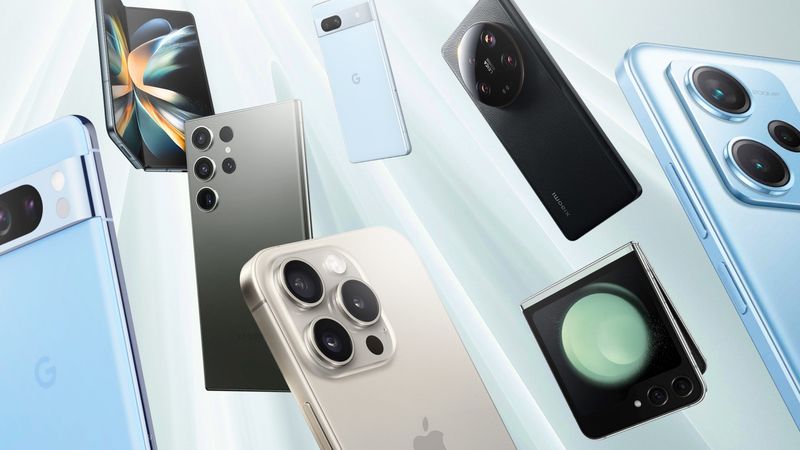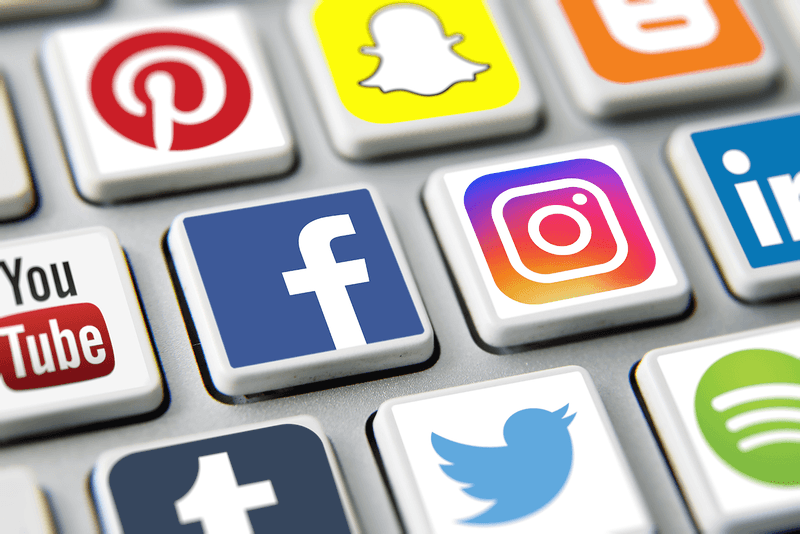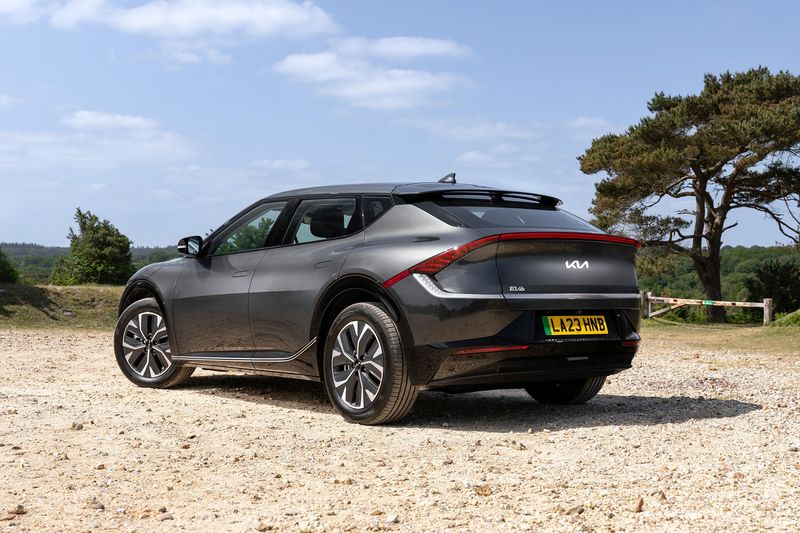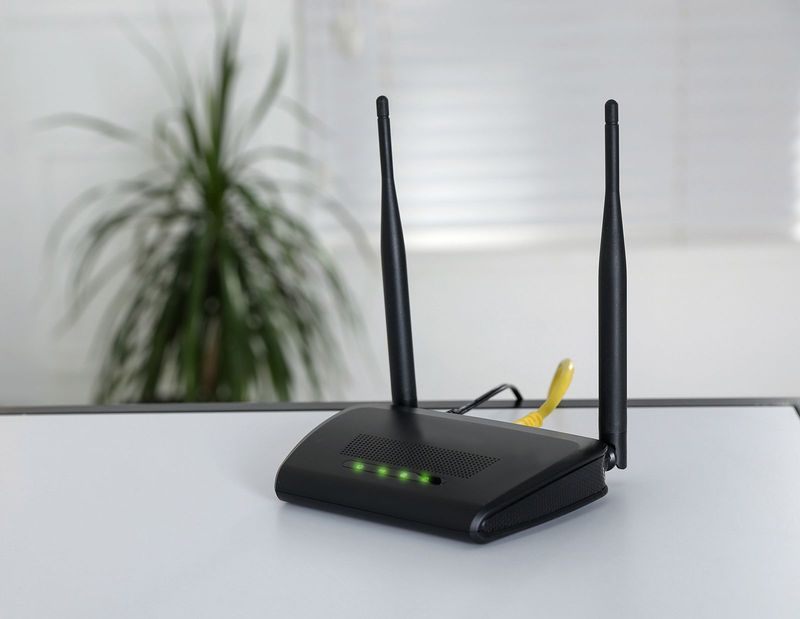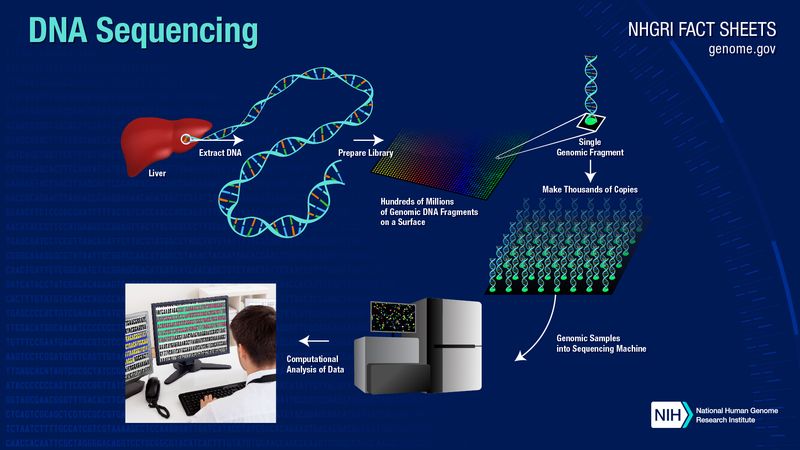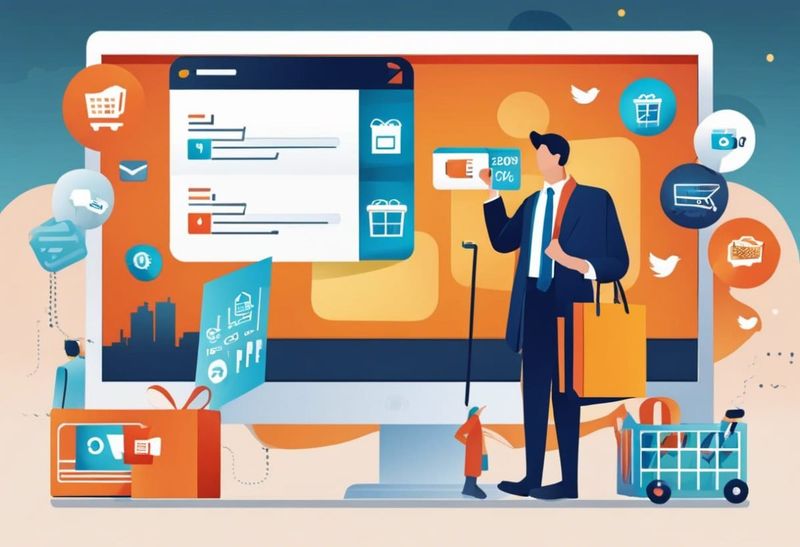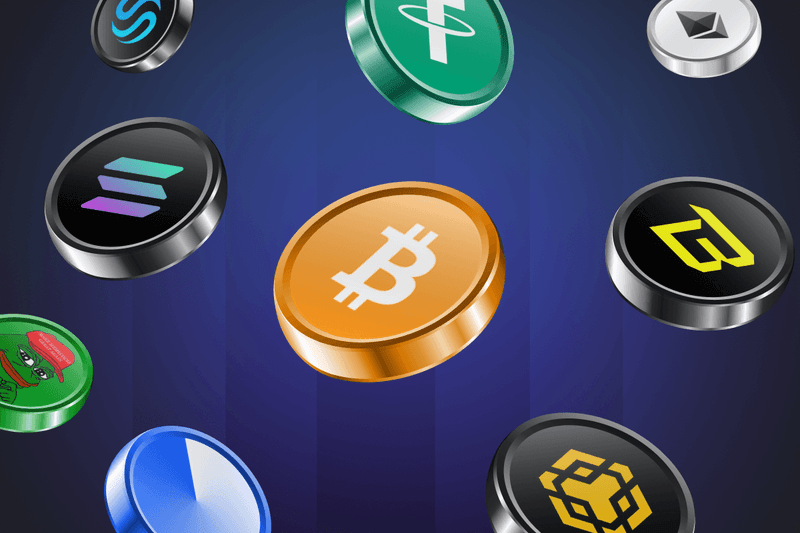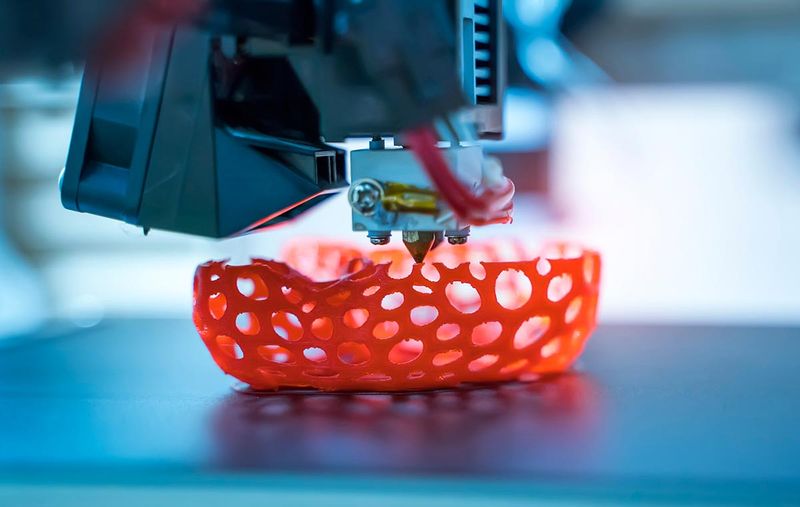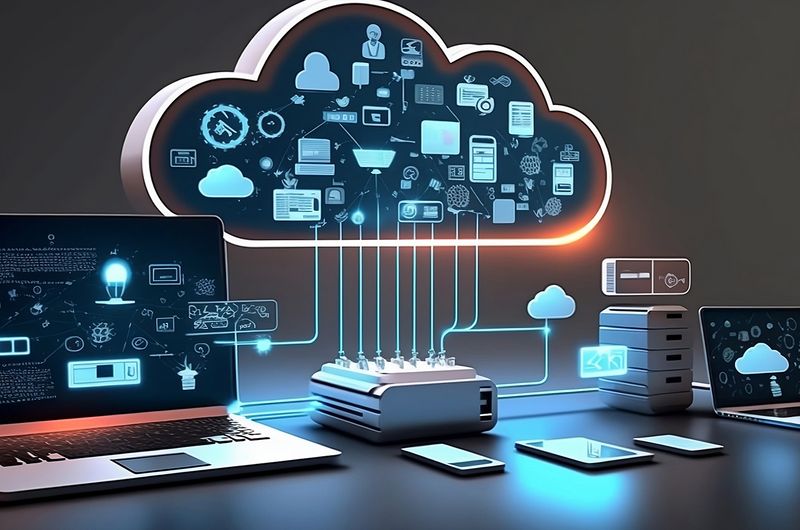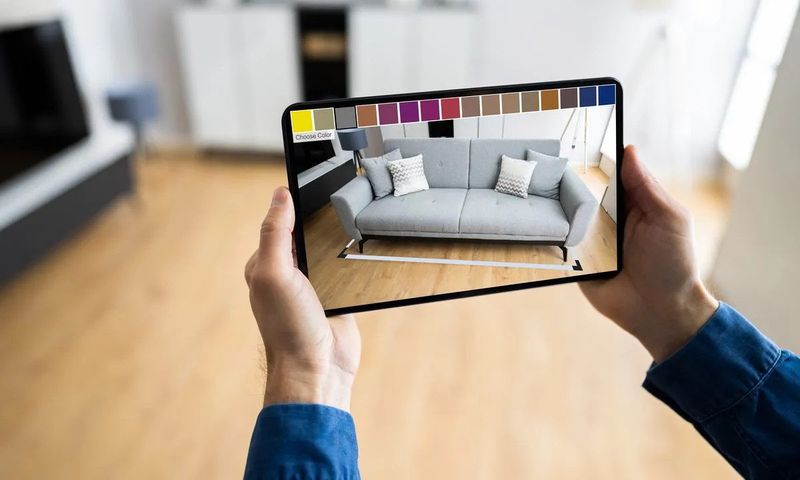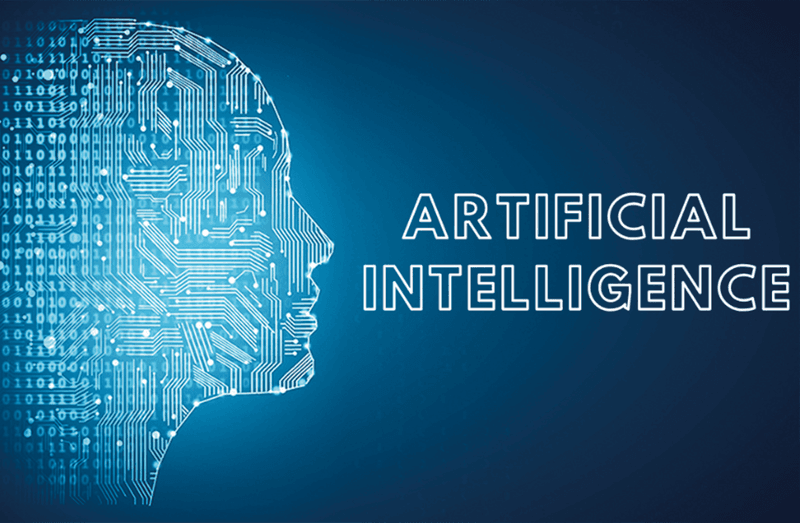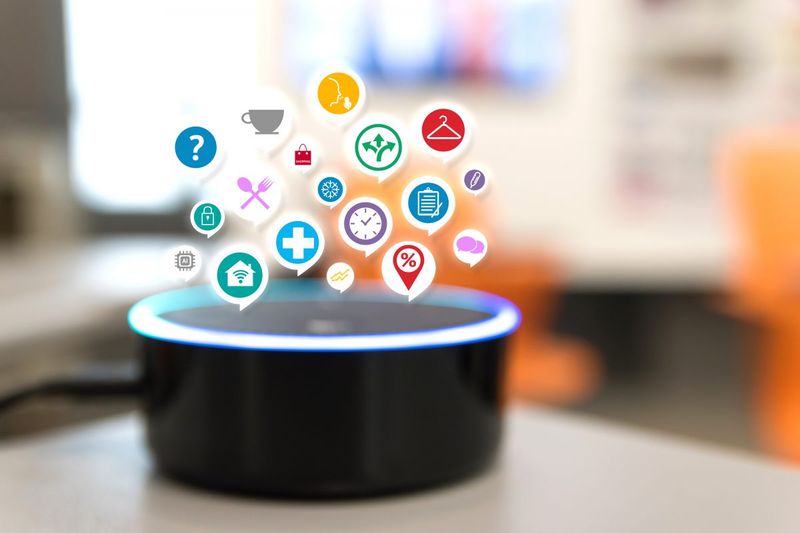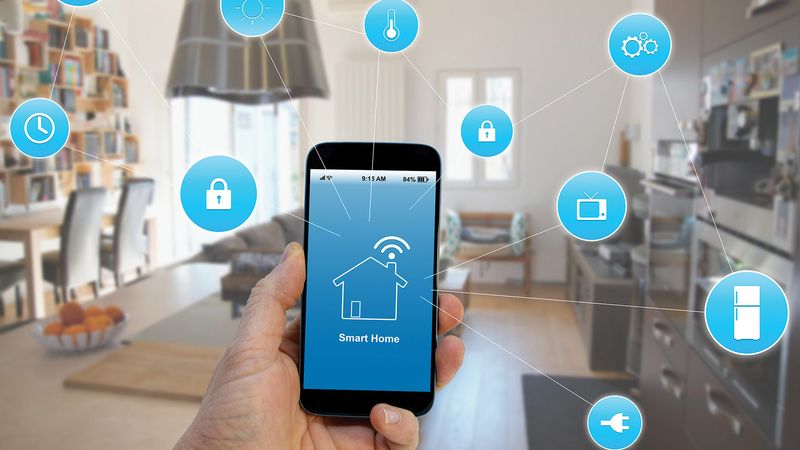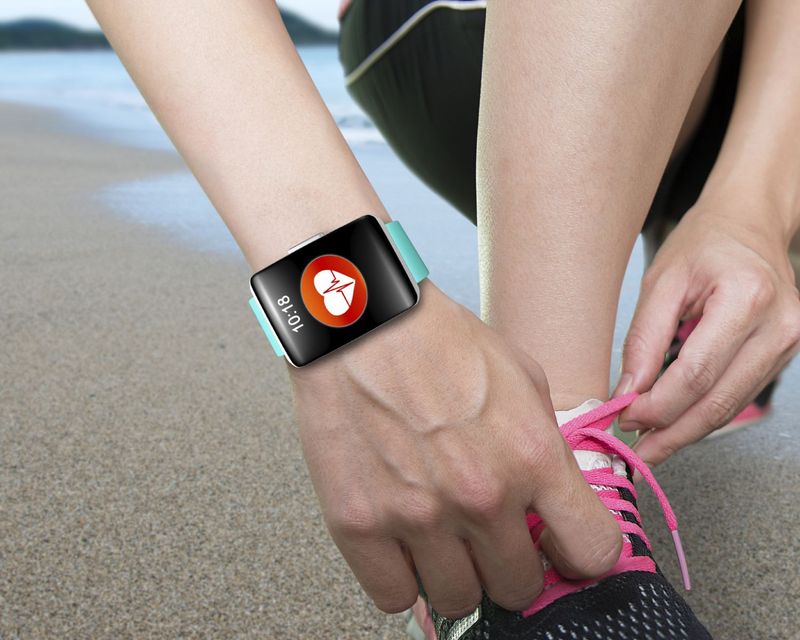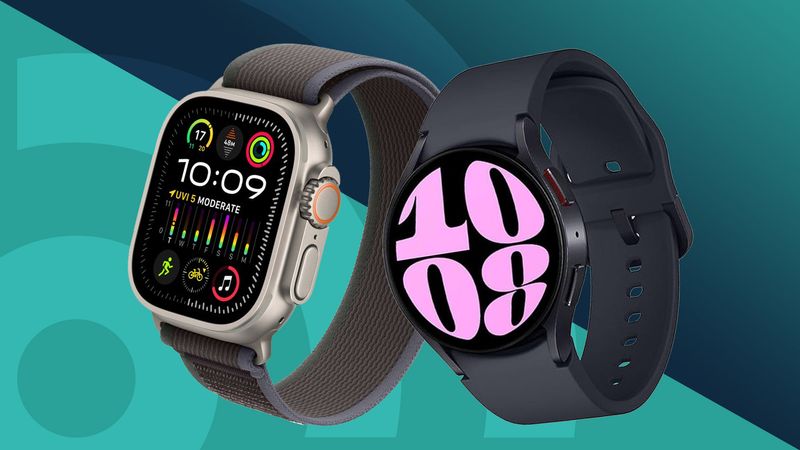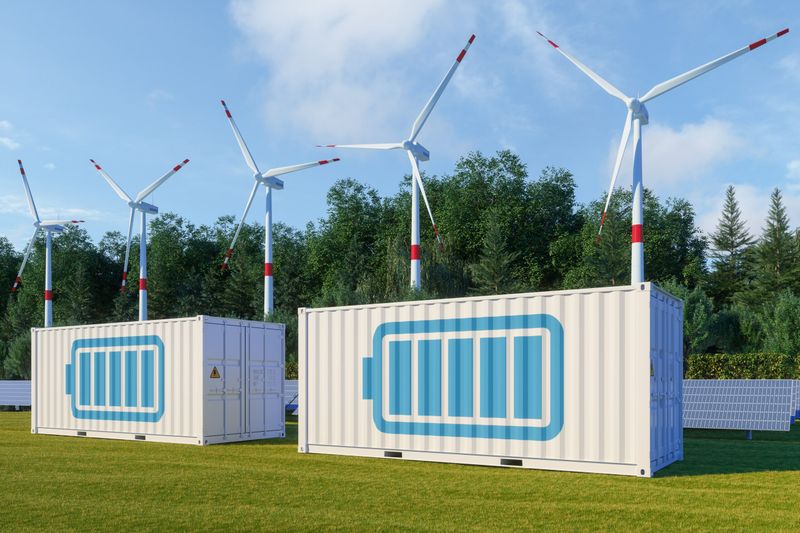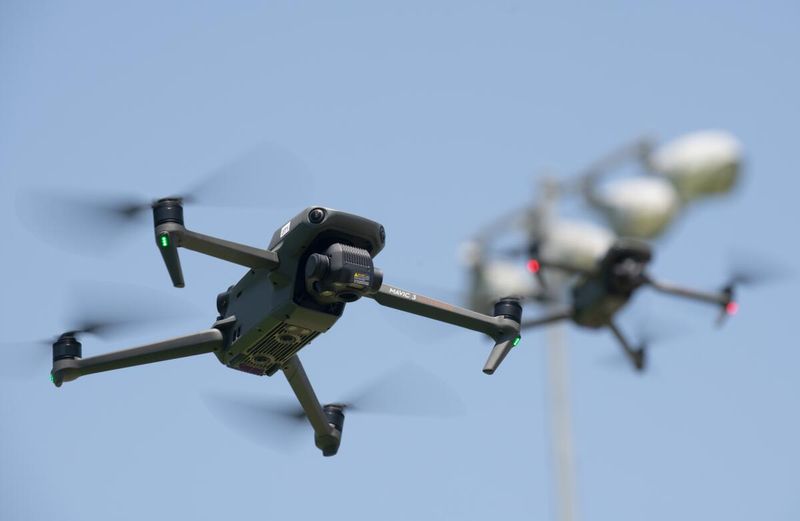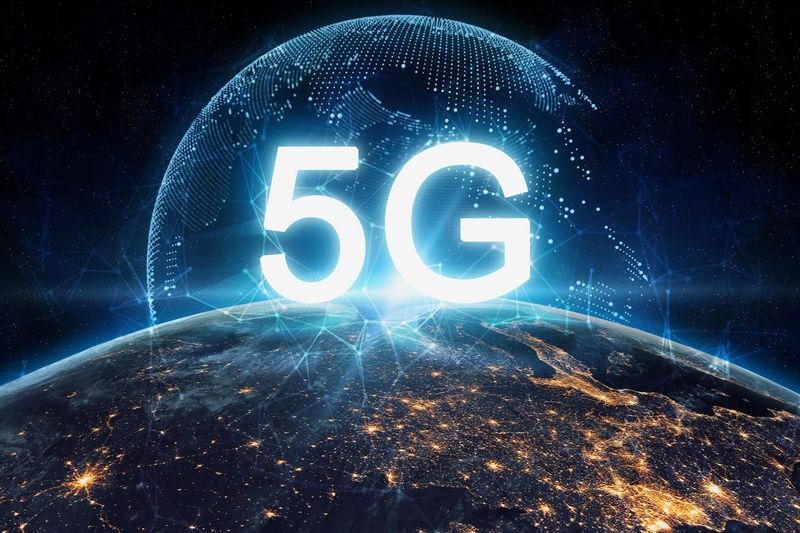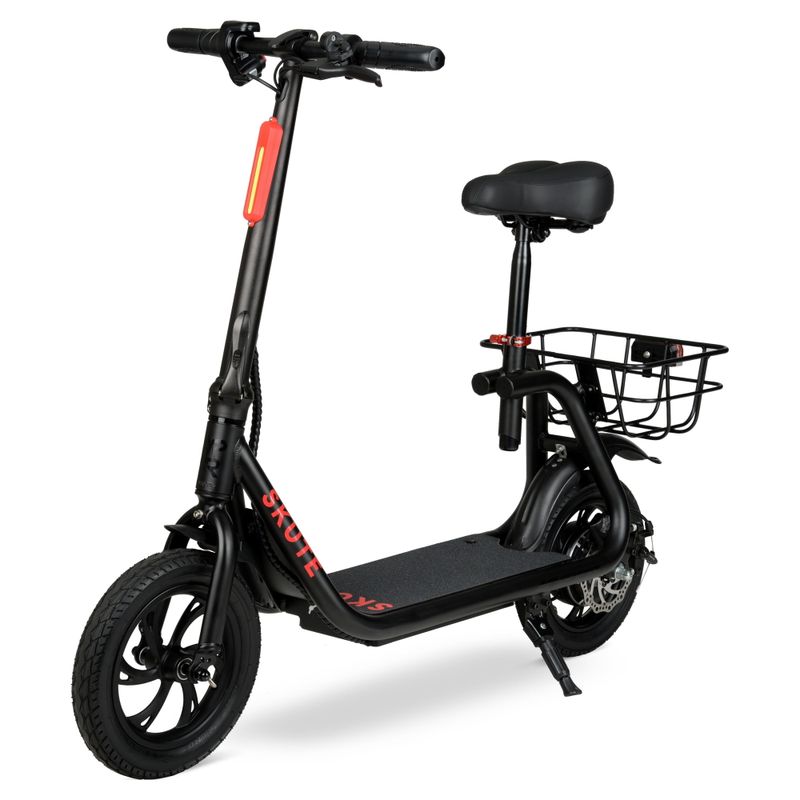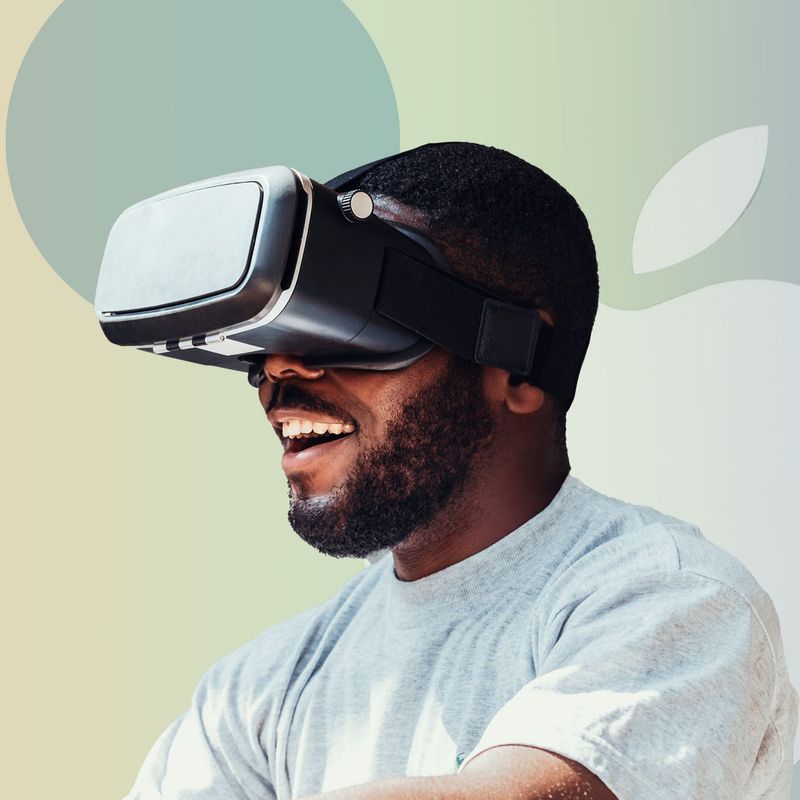The world has seen a whirlwind of innovations over the past four decades, transforming the way we live, work, and communicate. From technological advancements to cultural shifts, many things we now take for granted didn’t exist 40 years ago.
This blog post explores 40 such items, providing a snapshot of how far we’ve come in just four decades. Each entry is a testament to human creativity and progress, highlighting the diverse range of changes that have shaped our modern lives.
1. Smartphones
Smartphones have revolutionized the way we communicate and access information. With the first smartphone introduced in the early 21st century, these devices have become integral to our daily lives.
They combine the functionality of computers with telephony, offering a vast array of applications.
From social media to navigation, smartphones keep us connected and informed. Their evolution has led to increasingly sophisticated models featuring advanced cameras and processors. Today, they are essential tools for both personal and professional use.
Their impact on society is profound, changing how we interact with the world around us.
2. Social Media
Social media platforms have transformed the way we connect and share. Emerging in the early 2000s, platforms like Facebook, Twitter, and Instagram have become cultural staples.
They offer a space for personal expression, business promotion, and global communication. Social media has democratized information, allowing voices from around the world to be heard.
It has also reshaped industries, from marketing to politics, providing new avenues for engagement. Despite challenges like misinformation, social media remains a powerful tool for connection and community building, reflecting the diverse voices of our times.
3. Electric Cars
Electric cars represent a significant shift in automotive technology and sustainability. Tesla led the charge in popularizing these vehicles in the 21st century, offering efficient and environmentally friendly alternatives to traditional gasoline cars.
With advancements in battery technology, electric cars now boast impressive ranges and performance. They contribute to reducing our carbon footprint, aligning with global efforts to combat climate change.
As charging infrastructures expand, electric cars are becoming more accessible and practical for everyday use, symbolizing a move towards a more sustainable future.
4. Streaming Services
Streaming services have redefined how we consume media. Platforms like Netflix and Spotify allow on-demand access to a vast library of films, series, and music.
Gone are the days of scheduled programming; viewers can now watch what they want, when they want. This flexibility has led to a content boom, with original shows and movies catering to niche audiences.
Streaming has also changed how artists release music, providing an accessible platform for discovery. This shift in media consumption reflects the digital age’s demand for immediacy and personalization.
5. Wi-Fi
Wi-Fi has become the backbone of modern connectivity, offering wireless internet access across the globe. Introduced in the late 1990s, this technology allows devices to connect to the internet without cables.
Its convenience and efficiency have made it a staple in homes, businesses, and public spaces. With advancements in speed and reliability, Wi-Fi supports the growing demand for online activities.
From streaming to remote work, it enables seamless connectivity in our digital world, reflecting the rapid evolution of communication technologies.
6. DNA Sequencing
DNA sequencing has revolutionized biological research, offering insights into genetic makeup and health. Since its development in the late 20th century, sequencing technology has advanced rapidly, becoming more accessible and affordable.
It plays a crucial role in personalized medicine, helping diagnose diseases and tailor treatments. DNA sequencing has also expanded our understanding of evolution and biodiversity.
Its applications extend beyond healthcare, impacting fields like agriculture and forensics. As technology evolves, DNA sequencing continues to unlock the mysteries of life, driving scientific discovery forward.
7. E-commerce
E-commerce has transformed how we shop, offering convenience and accessibility like never before. Online platforms like Amazon and eBay have redefined retail, providing a vast array of products at our fingertips.
With secure payment systems and swift delivery options, consumers can shop from the comfort of their homes. E-commerce has also empowered small businesses to reach global audiences, leveling the playing field.
This digital marketplace continues to innovate, with trends like subscription services and mobile shopping shaping the future of retail. E-commerce reflects the dynamic nature of the digital economy.
8. Cryptocurrency
Cryptocurrency has emerged as a revolutionary financial technology, challenging traditional monetary systems. Bitcoin, introduced in 2009, paved the way for a myriad of digital currencies.
These decentralized currencies operate on blockchain technology, offering transparency and security. Cryptocurrencies enable peer-to-peer transactions without intermediaries, empowering individuals financially.
Despite volatility and regulatory challenges, they have gained popularity as both investment assets and payment methods. Cryptocurrency represents a shift towards digital finance, reflecting changing attitudes towards money and technology in the modern world.
9. 3D Printing
3D printing has revolutionized manufacturing, offering innovative solutions across industries. This technology, which prints objects layer by layer, has enabled rapid prototyping and customization.
From healthcare to aerospace, 3D printing is reducing costs and production times. It allows for the creation of complex designs that were once impossible to manufacture.
As materials and techniques improve, 3D printing continues to expand its applications, sparking creativity and efficiency in production. This advancement reflects the ongoing evolution of technology in shaping our world.
10. Cloud Computing
Cloud computing has transformed the way we store and access data. By providing remote servers to host and manage applications and files, it offers flexibility and scalability.
Services like AWS and Google Cloud have become integral to businesses and individuals alike. Cloud computing enables seamless collaboration and access to resources from anywhere in the world.
As security measures improve, cloud services continue to gain trust and popularity, facilitating the digital transformation of many sectors. This innovation highlights the shift towards a more connected and efficient digital ecosystem.
11. Online Education
Online education has democratized learning, making education accessible to millions worldwide. Platforms like Coursera and Khan Academy offer courses across various disciplines, connecting students with top educators.
This mode of learning provides flexibility, allowing individuals to learn at their own pace and convenience. Online education has also adapted to diverse learning styles, offering multimedia content and interactive elements.
As technology continues to advance, online education is poised to become a staple of modern learning, bridging gaps and fostering a global community of lifelong learners.
12. Augmented Reality
Augmented reality (AR) has redefined interaction with our environment, overlaying digital information onto the real world. AR has found applications in gaming, retail, and education, enhancing user experiences.
Pokémon GO popularized AR, blending virtual elements with physical spaces for interactive gameplay. AR also aids in fields like architecture, enabling visualizations of projects in real-world settings.
As technology improves, AR’s potential continues to grow, promising more immersive and interactive experiences. It represents a blending of digital and physical worlds, reshaping how we perceive our surroundings.
13. Artificial Intelligence
Artificial intelligence (AI) has become a cornerstone of technological advancement, automating tasks and providing insights across industries. From chatbots to predictive analytics, AI enhances efficiency and decision-making.
Machine learning, a subset of AI, enables systems to learn from data, improving over time. AI applications range from healthcare diagnostics to autonomous vehicles, showcasing its versatility.
Despite ethical considerations, AI continues to evolve, promising innovations that reshape industries and daily life. As a transformative force, AI highlights the intersection of human ingenuity and digital technology.
14. Ride-Sharing Apps
Ride-sharing apps have revolutionized urban transportation, offering convenient and cost-effective alternatives to traditional taxis. Platforms like Uber and Lyft connect riders with drivers through smartphone apps.
Ride-sharing promotes carpooling, reducing traffic congestion and environmental impact. These services provide flexibility and safety features, enhancing user experiences.
Despite regulatory challenges, ride-sharing continues to thrive, adapting to changing urban landscapes. It reflects a shift towards shared mobility solutions, transforming how people navigate cities and emphasizing the power of technology in shaping urban life.
15. Digital Assistants
Digital assistants like Siri and Alexa have redefined human-computer interaction, offering voice-activated convenience. These AI-powered tools assist with tasks ranging from setting reminders to controlling smart home devices.
By understanding natural language, digital assistants provide personalized experiences, adapting to user preferences. They streamline daily activities, enhancing productivity and accessibility.
As technology advances, digital assistants continue to evolve, offering more sophisticated capabilities. Their integration into everyday life reflects the growing role of AI in simplifying tasks and enhancing our interaction with technology.
16. Biometric Authentication
Biometric authentication has transformed security, offering a more secure and convenient alternative to passwords. Technologies like fingerprint and facial recognition are now commonplace in smartphones and security systems.
Biometrics provide personalized access, reducing the risk of unauthorized entry. These systems are also used in airports and banking, enhancing security measures across sectors.
As biometric technology advances, it continues to improve in accuracy and reliability, promising a future where secure access is both seamless and efficient. This innovation highlights the intersection of technology and personal security.
17. Smart Home Devices
Smart home devices have transformed domestic life, offering automation and convenience. With devices like smart thermostats and lights, households can optimize energy use and enhance comfort.
These devices integrate with digital assistants, allowing voice control and remote access. Smart security systems offer peace of mind with real-time monitoring.
As technology evolves, smart homes continue to expand, incorporating more devices and functionalities. This trend reflects the growing demand for interconnected solutions that enhance daily living and promote sustainability, shaping the future of home technology.
18. Fitness Trackers
Fitness trackers have transformed personal health management, offering insights into physical activity and wellness. Devices like Fitbit and Apple Watch monitor metrics such as heart rate and steps.
These trackers provide motivation and accountability, helping users reach fitness goals. They also offer features like sleep tracking and GPS, enhancing their utility.
As technology advances, fitness trackers continue to innovate, integrating more health-related functions. This trend highlights the intersection of technology and wellness, promoting a more active and informed lifestyle.
19. Renewable Energy Technologies
Renewable energy technologies have reshaped the energy landscape, offering sustainable alternatives to fossil fuels. Innovations in solar and wind power have made these sources more viable and efficient.
These technologies contribute to reducing carbon emissions and combating climate change. Governments and businesses are investing in renewables, recognizing their potential for sustainable growth.
As storage solutions improve, renewable energy is becoming more reliable, promising a future powered by clean energy. This shift reflects the global commitment to environmental sustainability and the pursuit of a greener future.
20. Fitness Apps
Fitness apps have revolutionized how we approach health and wellness, offering personalized workout plans and tracking tools. Apps like MyFitnessPal and Strava provide users with insights into their fitness journeys.
These platforms offer flexibility, allowing individuals to tailor workouts to their needs and goals. Features like calorie tracking and community support enhance the user experience.
As technology evolves, fitness apps continue to innovate, incorporating new functionalities and data-driven insights. This trend reflects the growing demand for accessible and personalized wellness solutions in the digital age.
21. Wearable Health Devices
Wearable health devices have transformed personal health monitoring, offering real-time insights into vital signs. Devices like Oura Ring and Whoop track metrics such as heart rate and sleep patterns.
These devices provide users with data to make informed health decisions, promoting proactive wellness management. Wearable health tech also aids in medical research, offering valuable data for studies.
As technology advances, wearables continue to integrate more health-related functions, reflecting the trend towards personalized and data-driven healthcare. This innovation highlights the convergence of technology and health.
22. Digital Payment Systems
Digital payment systems have revolutionized financial transactions, offering convenience and security. Platforms like PayPal and Apple Pay enable seamless payments without cash or cards.
These systems facilitate online shopping and peer-to-peer transfers, enhancing user experiences. With robust security measures, digital payments provide peace of mind for consumers and businesses alike.
As digital finance evolves, payment systems continue to innovate, integrating new technologies like blockchain. This shift reflects changing attitudes towards money and the growing demand for accessible financial solutions in the digital age.
23. Smartwatches
Smartwatches have redefined personal technology, offering multifunctional capabilities on the go. Devices like the Apple Watch provide health monitoring, notifications, and app integration.
These wearables offer convenience, allowing users to stay connected without their phones. Smartwatches also promote wellness, tracking fitness metrics and providing health alerts.
As technology advances, smartwatches continue to evolve, offering more sophisticated features and designs. This trend highlights the growing demand for wearable tech that integrates seamlessly into our daily lives, reflecting the intersection of style and functionality.
24. Telemedicine
Telemedicine has transformed healthcare delivery, offering remote consultations and access to medical expertise. Platforms like Teladoc provide patients with convenient healthcare solutions.
Telemedicine enhances accessibility, especially for those in remote or underserved areas. It also reduces the need for in-person visits, saving time and resources.
As technology evolves, telemedicine continues to expand its capabilities, incorporating AI and data analytics. This trend reflects the growing demand for accessible and efficient healthcare solutions in the digital age, reshaping how we access medical care.
25. Voice Recognition Technology
Voice recognition technology has transformed human-computer interaction, enabling voice commands and dictation. This technology powers digital assistants and accessibility tools, enhancing user experiences.
Voice recognition provides convenience, allowing hands-free control of devices. It also aids those with disabilities, offering alternative communication methods.
As accuracy improves, voice recognition continues to expand its applications, reflecting the intersection of AI and everyday life. This innovation highlights the growing role of voice in technology, reshaping how we interact with digital systems.
26. Contactless Payments
Contactless payments have revolutionized transactions, offering speed and convenience. By using RFID or NFC technology, they allow quick payments without physical contact.
This method is widely adopted in retail, providing a seamless shopping experience. During the COVID-19 pandemic, contactless payments gained popularity, minimizing physical interactions.
As security measures improve, contactless payments continue to gain trust and usage. This shift reflects the growing demand for hygienic and efficient financial solutions, highlighting the evolution of payment technologies in the modern world.
27. Renewable Energy Storage Solutions
Renewable energy storage solutions are transforming energy management, allowing efficient storage of solar and wind power. These technologies ensure a steady energy supply, even when production is variable.
Innovations in battery technology have made storage more viable, supporting the transition to renewable energy. Governments and businesses are investing in storage solutions, recognizing their potential for sustainability.
As technology evolves, storage solutions continue to enhance energy reliability, reflecting the global commitment to clean energy. This trend highlights the importance of innovation in achieving a sustainable future.
28. Online Freelancing Platforms
Online freelancing platforms have revolutionized work, offering flexible opportunities for freelancers and businesses. Platforms like Upwork and Fiverr connect talent with projects across industries.
Freelancing provides autonomy and work-life balance, appealing to a diverse workforce. Businesses benefit from access to a global talent pool, enhancing project outcomes.
As remote work trends continue, freelancing platforms are evolving, integrating new features and tools. This shift reflects changing work dynamics and the growing demand for flexible work arrangements in the digital age, reshaping the future of work.
29. Genetic Engineering
Genetic engineering has transformed the field of biotechnology, enabling precise manipulation of genetic material. Techniques like CRISPR allow scientists to edit genes with unprecedented accuracy.
Genetic engineering holds promise for medicine, agriculture, and environmental solutions. It offers potential cures for genetic disorders and innovations in crop production.
As ethical considerations are addressed, the field continues to advance, reflecting the intersection of science and technology. This innovation highlights the potential of genetic engineering to solve complex challenges and improve life on Earth.
30. Personal Drones
Personal drones have redefined photography and recreation, offering new perspectives from the sky. These devices are equipped with cameras, allowing users to capture stunning aerial footage.
Drones have applications beyond leisure, aiding in tasks like surveying and search and rescue. As technology advances, drones are becoming more accessible and user-friendly.
This trend reflects the growing interest in aerial technology and its diverse applications. Personal drones highlight the intersection of innovation and creativity, offering new ways to explore and document the world.
31. 5G Technology
5G technology has revolutionized connectivity, offering faster speeds and lower latency. This next-generation wireless technology enhances mobile internet experiences, supporting high-demand applications.
5G enables innovations like autonomous vehicles and smart cities, reflecting its transformative potential. As networks expand, 5G is set to impact industries from healthcare to entertainment.
This shift highlights the importance of connectivity in the digital age, driving advancements in technology and communication. 5G represents a significant leap forward in how we connect and interact with the world.
32. Electric Scooters
Electric scooters have transformed urban mobility, offering a convenient and eco-friendly alternative for short commutes. These compact vehicles provide flexibility and reduce traffic congestion.
Scooter-sharing programs have gained popularity in cities worldwide, promoting sustainable transportation. They offer an accessible solution for last-mile connectivity, enhancing urban transit systems.
As infrastructure improves, electric scooters continue to evolve, reflecting the growing demand for green transportation options. This trend highlights the importance of innovation in reshaping urban mobility and promoting environmental sustainability.
33. Digital Art and NFTs
Digital art and NFTs have revolutionized the art world, offering new opportunities for artists and collectors. Non-fungible tokens provide a digital certificate of ownership, securing digital artworks.
This innovation has democratized art, allowing creators to monetize their work directly. It has also sparked discussions on the value and future of digital creativity.
As technology evolves, digital art and NFTs continue to grow, reshaping the art market and cultural landscape. This trend highlights the intersection of technology and creativity, offering new ways to engage with art.
34. Renewable Energy Buildings
Renewable energy buildings are transforming architecture, integrating sustainable technologies into their design. Solar panels and wind turbines provide clean energy, reducing dependency on fossil fuels.
These buildings contribute to environmental sustainability, promoting energy efficiency and green living. As technology advances, renewable energy buildings are becoming more viable and cost-effective.
This trend reflects the global commitment to sustainable development and the role of innovation in shaping future cities. Renewable energy buildings represent a significant step towards a greener urban landscape.
35. Smart Speakers
Smart Speakers
Smart speakers have become an integral part of modern homes, offering convenience and connectivity at the sound of your voice. These devices can play music, control smart home gadgets, and provide information on demand.
With just a simple command, you can adjust the lighting, set reminders, or even get the latest news updates. The ease of use and accessibility make smart speakers a popular choice for tech-savvy households.
As technology evolves, the capabilities of smart speakers continue to expand, making them a central hub for managing daily tasks and enhancing our living spaces.
36. Virtual Reality Headsets
Virtual Reality Headsets
Virtual reality headsets have opened up new worlds of entertainment and education, offering immersive experiences that were once the stuff of science fiction. Users can explore virtual environments, play interactive games, and even learn new skills.
The ability to transport oneself to a different reality has transformed not only gaming but also fields like training and therapy, providing innovative solutions to complex problems.
As VR technology advances, the potential applications continue to grow, promising even more engaging and diverse experiences in the future.

